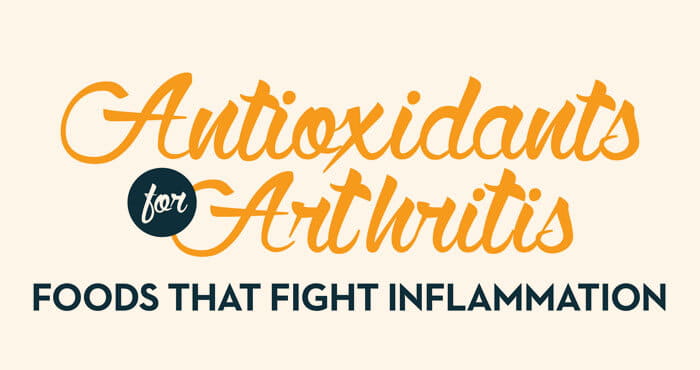Medications and Sunshine

If you take certain medications, you need to be careful about protecting your skin. Dozens of prescription and over-the counter medications can cause an increase in sensitivity to sunlight, called photosensitivity.
Some of the commonly used medications that cause photosensitivity include certain antihistamines, such as Benadryl (diphenhydramine), used to treat nasal allergies; NSAIDs, such as Naprosyn (naproxen), used to treat pain and inflammation; and antibiotics, such as Achromycin (tetracycline) and Septra (sulfamethoxazole and trimethoprim). Other medications that can make you more sensitive to the sun include certain antidepressants, anti-psychotics, drugs used to treat heart disease and hypertension, cancer chemotherapy and oral diabetes medications.
Drug-induced photosensitivity can take two forms. The most common form is phototoxic, where exposure to the sun’s ultraviolet rays makes certain drugs create free radicals that damage skin tissue, resulting in bad sunburns on areas exposed to direct sunlight.
The other form is called photoallergic, where exposure to the sun produces an allergic response in your skin, such as a rash or hives.
Prevent Photosensitivity Problems
Ask your doctor or pharmacist if a medication you are prescribed will cause photosensitivity. If there is a chance it will, take these steps:
- Wear sunscreen. Before you go outdoors apply a broad-spectrum sunscreen that has a sun protection factor (SPF) of at least 30 or above. Reapply every two hours.
- Stay out of the sun. Limit or avoid being outside when the sun is at its peak — between 10 a.m. to 4 p.m.
- Put on protective clothing. Wear long pants, a shirt with long sleeves and a hat with a wide brim.
If you happen to have a phototoxic or photoallergic reaction, in most cases, your skin will heal without any intervention.



